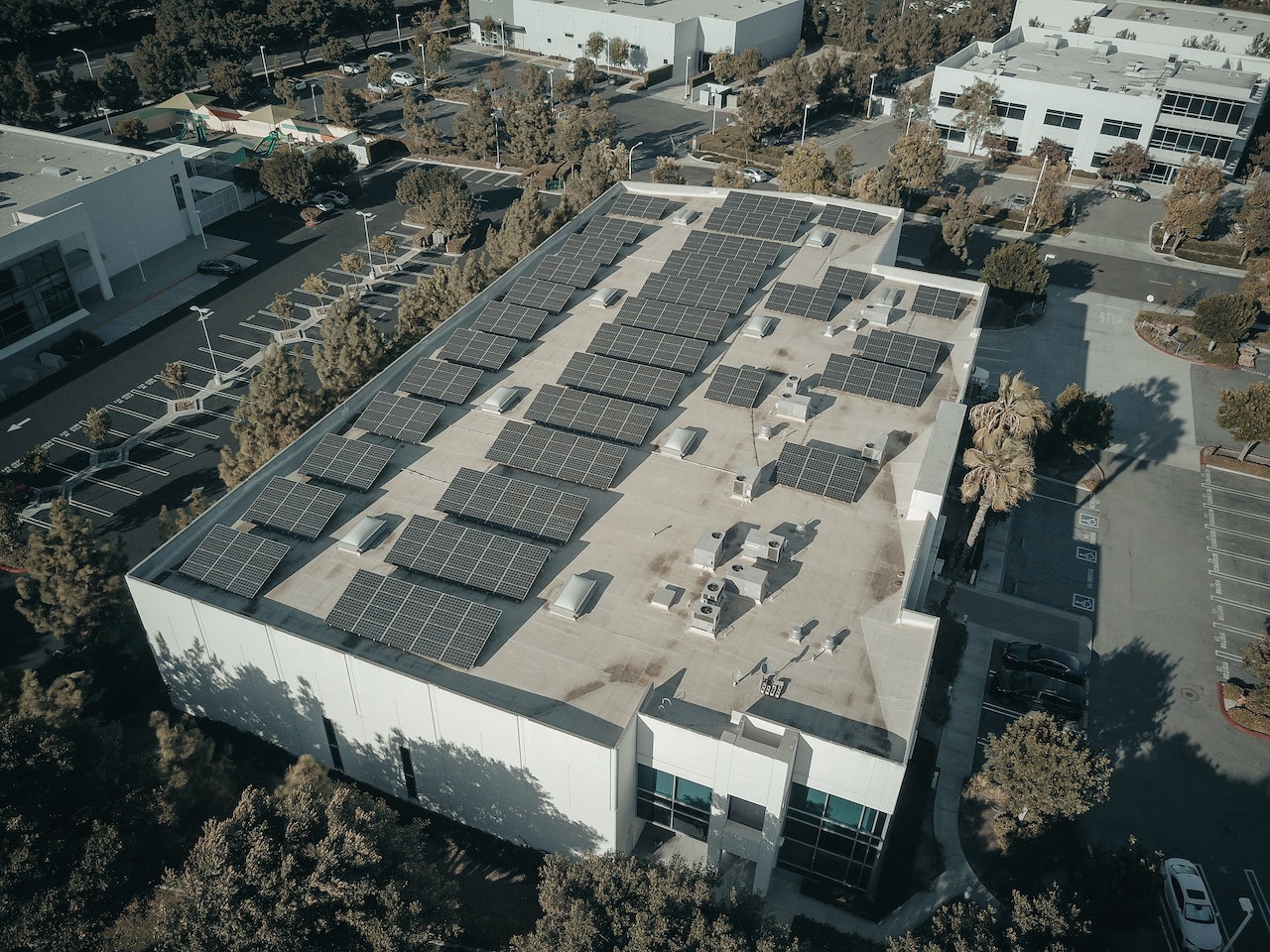Harnessing Solar Energy With Solar Construction

Solar energy is an increasingly popular and viable source of renewable energy. This article explains the topic of harnessing solar energy through solar construction techniques.
The objective of this article is to explore the basics of solar construction, analyze the benefits it offers, examine different techniques employed in this field, discuss factors that need to be considered when planning a solar construction project, and highlight future trends in solar construction.
By adopting innovative approaches, we can further optimize the utilization of solar energy for sustainable development.
The Basics of Solar Construction
The basics of solar energy construction encompass the fundamental principles and techniques involved in designing and building structures that efficiently capture and utilize solar energy. This includes the installation of solar panels and the integration of solar power systems into buildings.
Solar panel installation involves positioning photovoltaic (PV) modules on rooftops or other suitable locations to maximize exposure to sunlight. Various factors, such as tilt angle, orientation, shading, and spacing between panels, need to be considered for optimal performance.
Additionally, solar power systems involve components like inverters, batteries, charge controllers, and electrical wiring to convert DC electricity generated by the PV cells into AC electricity usable by appliances.
Innovative approaches continue to emerge in this field, aiming to enhance efficiency and overcome limitations associated with storage capacity and the intermittent nature of sunlight.
Benefits of Harnessing Solar Energy
One advantage of utilizing solar power is its potential to reduce reliance on traditional sources of energy. Solar energy provides a sustainable and cost-effective alternative to fossil fuels. The cost-effectiveness of solar power stems from the fact that sunlight is an abundant and free resource, unlike finite fossil fuels that require extraction and processing. Additionally, advancements in technology have led to reduced costs associated with solar panel manufacturing and installation.
Moreover, harnessing solar energy contributes to environmental sustainability by reducing greenhouse gas emissions and minimizing air pollution. Solar power systems generate electricity without releasing harmful pollutants or emitting carbon dioxide, thus mitigating the adverse effects of climate change. Furthermore, solar panels can be installed on various surfaces such as rooftops or unused land, making them versatile in terms of deployment options.
Overall, harnessing solar energy offers significant benefits in terms of both cost-effectiveness and environmental sustainability.
Exploring Different Solar Construction Techniques
Different techniques can be explored to construct solar systems and maximize their efficiency.
One innovative design approach is the use of building-integrated photovoltaics (BIPV), which seamlessly integrates solar panels into the architectural elements of a structure. This technique not only generates electricity but also serves as an aesthetically pleasing addition to the building.
Another technique involves the installation of solar panels on tracking systems that allow them to follow the sun's path throughout the day, maximizing energy production.
Additionally, advancements in thin-film technology have led to flexible solar panels that can be installed on curved or irregular surfaces, expanding their potential applications.
Other methods include floating solar arrays, which are installed on bodies of water, and solar carports that provide shade while generating clean energy.
Factors to Consider When Planning a Solar Construction Project
Factors to consider when planning a solar construction project include:
- Site suitability
- Available resources
- Financial feasibility
- Regulatory compliance
To successfully execute a solar construction project, it is crucial to carefully analyze the requirements of the project and conduct a thorough site analysis. The project requirements encompass various aspects such as electricity demand, system size, and budget constraints.
Site analysis involves evaluating geographical location, orientation, shading potential, and structural considerations. Assessing the suitability of the site ensures optimal solar energy production by maximizing exposure to sunlight throughout the day.
Moreover, an in-depth examination of available resources like land availability and grid connectivity aids in making informed decisions during project planning. Financial feasibility assessment helps determine if the investment required for solar construction aligns with anticipated returns over time.
Lastly, adherence to regulatory compliance ensures that all legal obligations are met during the execution of the solar construction project.
Future Trends in Solar Construction
A significant trend expected in the future of renewable power projects is the integration of advanced technologies to optimize energy production and improve overall efficiency.
In the context of solar construction, this trend manifests through advancements in solar power technology and energy storage systems. Solar power advancements aim to enhance the efficiency and effectiveness of solar panels by improving their conversion rates, reducing costs, and increasing durability. This includes the development of new materials such as perovskite-based photovoltaics or multi-junction cells for higher efficiency.
Additionally, there is a growing focus on solar energy storage solutions that enable better utilization of generated electricity during non-sunlight hours. Innovations in battery technologies, such as lithium-ion batteries with improved capacity and longevity, are being explored to address this challenge.